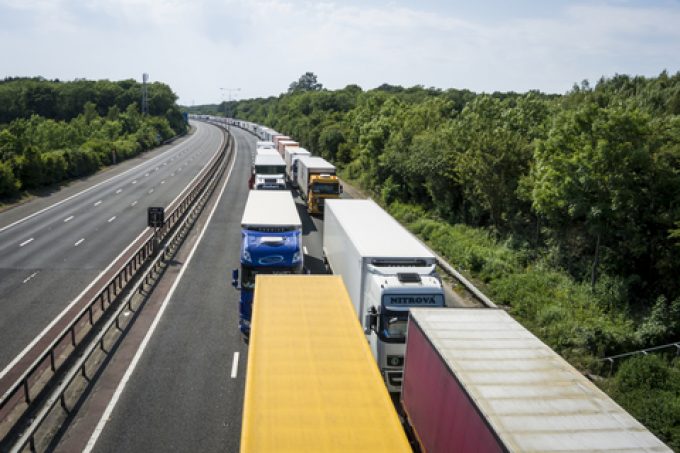'No lookouts on either ship' says MAIB report on box ship-tanker collision
The UK’s Marine Accident Investigation Bureau (MAIB) today released its interim report into the recent ...

Truckers heading to the port of Dover once post-Brexit volumes recover could find themselves stuck for up to 20 days in 70,000-long truck queue.
That is unless new infrastructure is built, extra staff hired and considerable cargo volumes diverted to other ports, according to new modelling ...

Comment on this article